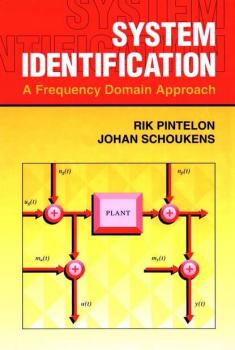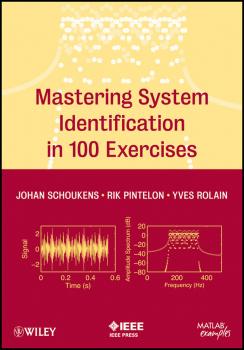ТОП просматриваемых книг сайта:
Rik Pintelon
Список книг автора Rik PintelonАннотация
Electrical Engineering System Identification A Frequency Domain Approach How does one model a linear dynamic system from noisy data? This book presents a general approach to this problem, with both practical examples and theoretical discussions that give the reader a sound understanding of the subject and of the pitfalls that might occur on the road from raw data to validated model. The emphasis is on robust methods that can be used with a minimum of user interaction. Readers in many fields of engineering will gain knowledge about: * Choice of experimental setup and experiment design * Automatic characterization of disturbing noise * Generation of a good plant model * Detection, qualification, and quantification of nonlinear distortions * Identification of continuous- and discrete-time models * Improved model validation tools and from the theoretical side about: * System identification * Interrelations between time- and frequency-domain approaches * Stochastic properties of the estimators * Stochastic analysis System Identification: A Frequency Domain Approach is written for practicing engineers and scientists who do not want to delve into mathematical details of proofs. Also, it is written for researchers who wish to learn more about the theoretical aspects of the proofs. Several of the introductory chapters are suitable for undergraduates. Each chapter begins with an abstract and ends with exercises, and examples are given throughout.
Аннотация
This book enables readers to understand system identification and linear system modeling through 100 practical exercises without requiring complex theoretical knowledge. The contents encompass state-of-the-art system identification methods, with both time and frequency domain system identification methods covered, including the pros and cons of each. Each chapter features MATLAB exercises, discussions of the exercises, accompanying MATLAB downloads, and larger projects that serve as potential assignments in this learn-by-doing resource.


